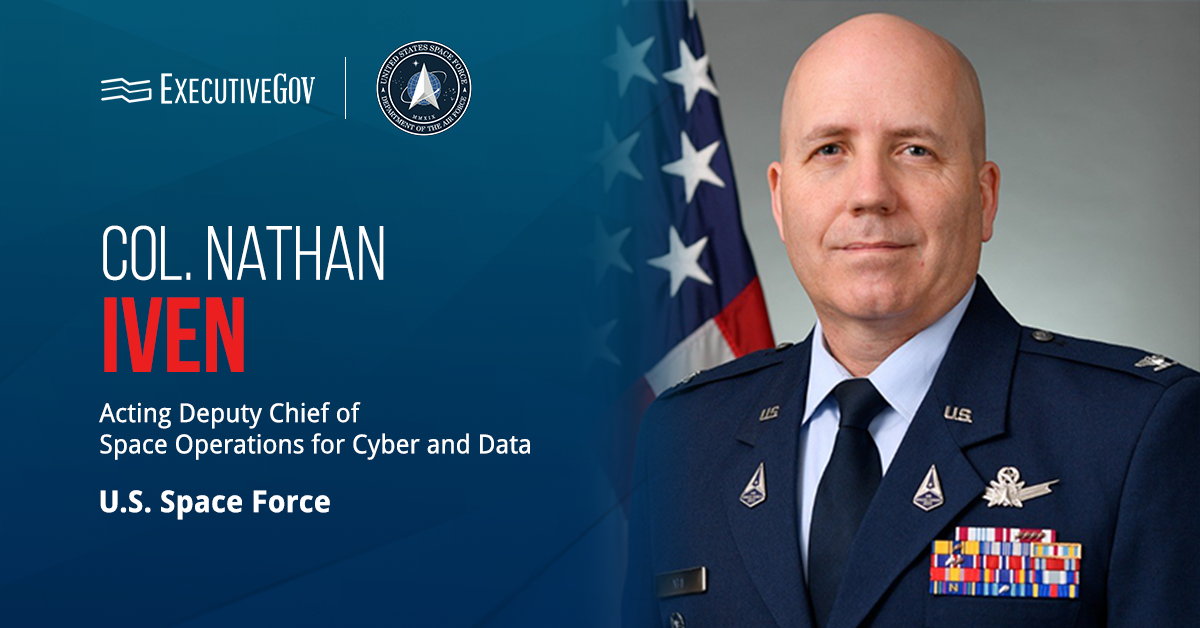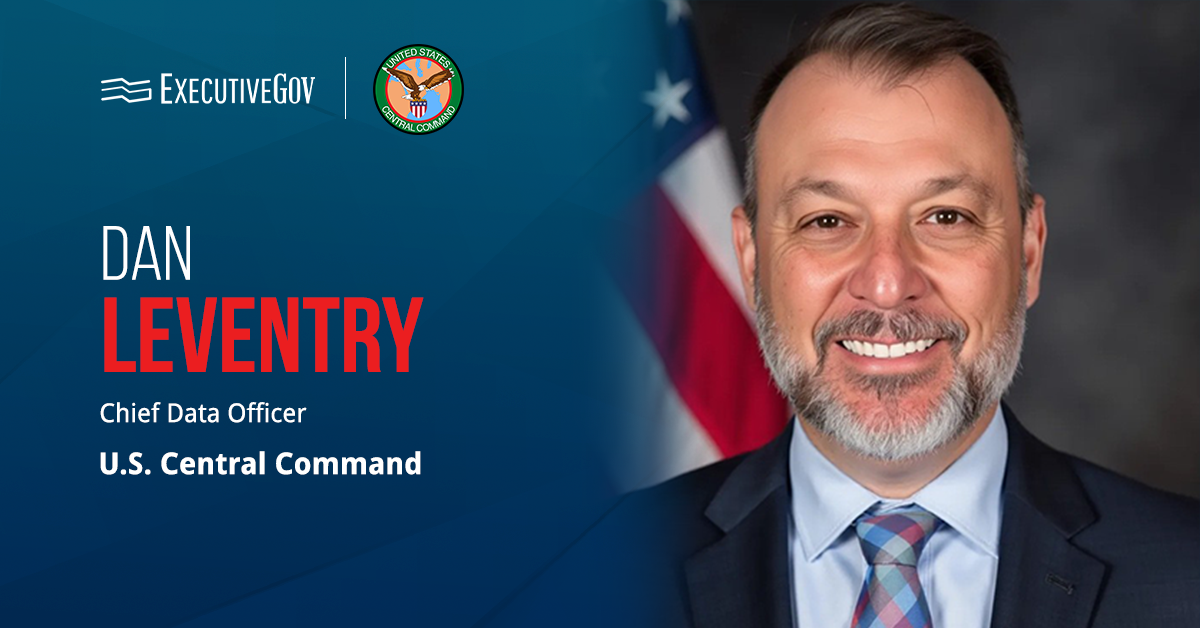The Government Accountability Office has urged a new guidance update on the Department of Defense’s pilot program on non-competitive contract awards to companies formed as “employee stock ownership plans,” or ESOPs, being implemented by the under secretary of defense for acquisition and sustainment.
Table of Contents
Data Gaps in Program Implementation
DOD’s initial guidance for the program, which was launched in 2022, did not generate enough information for contracting officers to check companies’ ESOP eligibility, resulting in an award to an unqualified contractor, GAO said in its report released Thursday.
The congressional budget watchdog noted that DOD updated the pilot’s guidance in December 2024, but it still lacks the mechanism for gathering other data to further empower contracting officers on effective program implementation.
Clearer Goal-Setting and Other Recommendations
To improve ESOPs operation, GAO issued five other recommendations on top of its proposed additional guidance for contracting officials. The additional measures that the office suggested include the establishment of clear, purposive and measurable program objectives, along with a data collection and assessment system for ESOPs.
GAO further recommended that the program’s assessment cover scalability to inform decisions on expanding the pilot currently with eight contractors. The office’s sixth recommendation calls for opening two-way communications with ESOPs’ internal and external stakeholders about the pilot program’s design and operation. DOD has concurred with its recommendations, GAO said.













